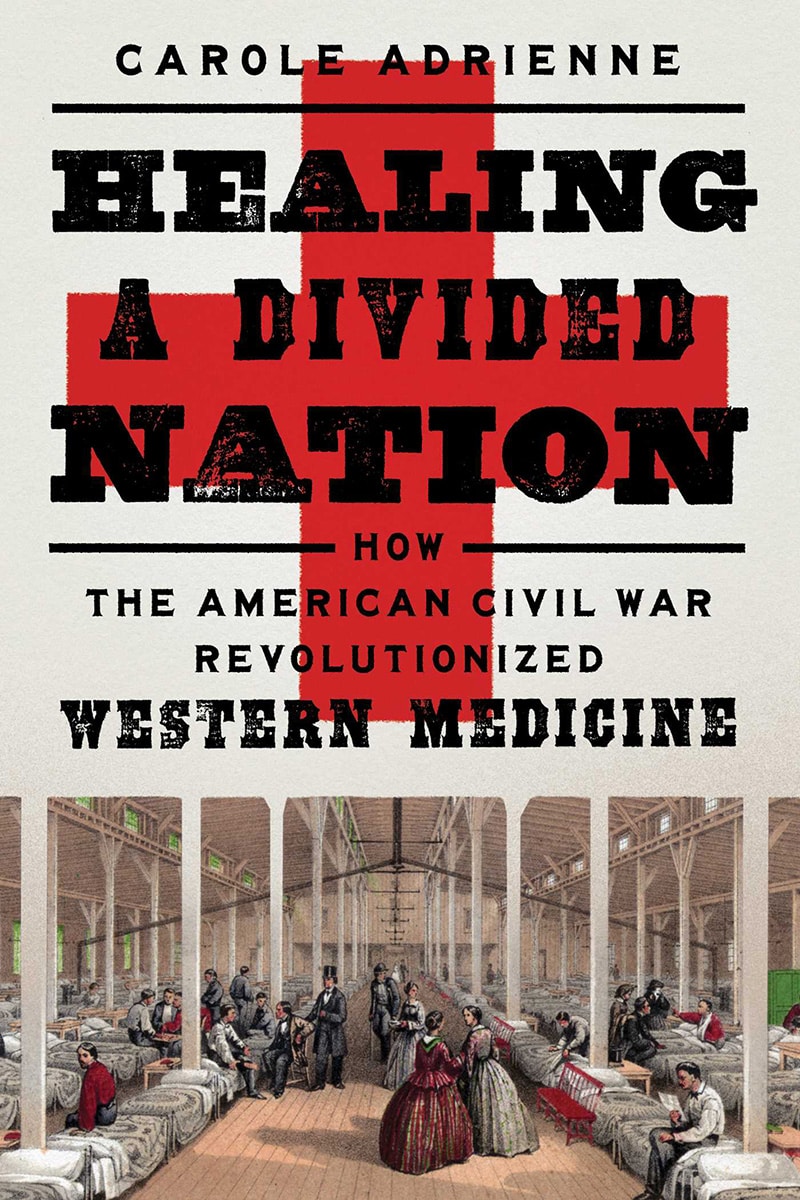Ayoob: Tracing the Roots of Tactical Medicine
May 2nd, 2024
7 minute read
Armed citizens have guns because they know they can face violent armed criminals. Because logic tells us that such criminals might inflict severe injuries on innocent victims including ourselves, we recognize the responsibility to know how to stabilize such wounds as first responders, hence our interest in “tac-med,” or tactical medicine. We also know that in life, to understand where we are and where we’re going, we need to know where we’ve been. This leads us to the object of this article, Carole Adrienne’s book “Healing A Divided Nation: How The American Civil War Revolutionized American Medicine” (Pegasus Books, 2022).
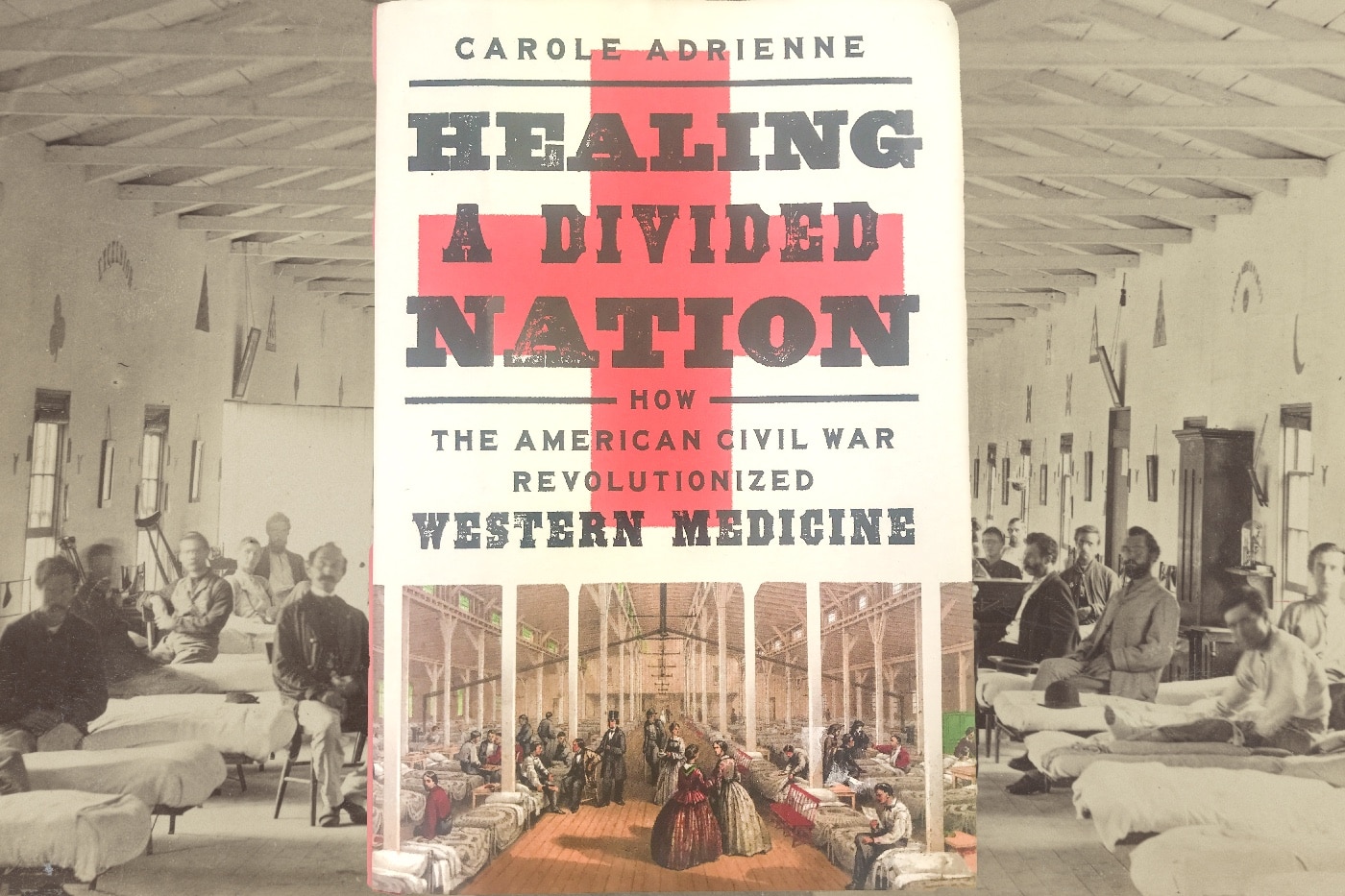
The title perfectly describes the topic. We know that lessons learned by medics and field surgeons in Vietnam saved lives that would otherwise have been lost, and limbs that otherwise would have been amputated. We know that such lessons advanced through the War on Terror to the present day, the best battlefield care for the wounded that has ever existed, and we know too that these lessons and procedures migrated to the practice of emergency medicine in the United States.
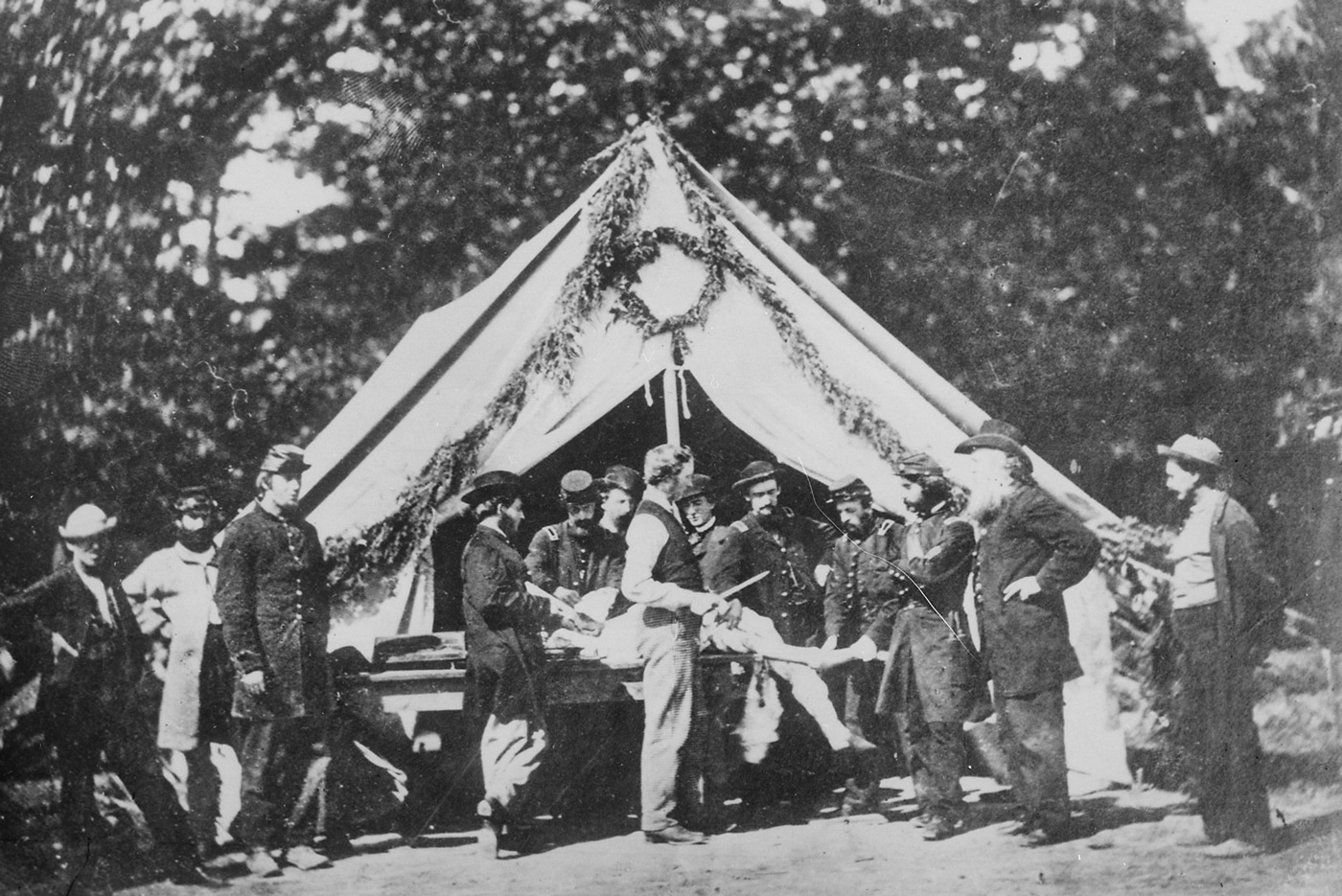
When gun prohibitionists claim that the murder rate is down so we don’t need defensive firearms, we need to remind them that one possible reason for that statistic is that paramedics and trauma surgeons are saving lives that would have been lost to the same criminally inflicted injuries in years past.
The author of this book makes a strong case for the Civil War having been the first major turning point in advanced trauma care.
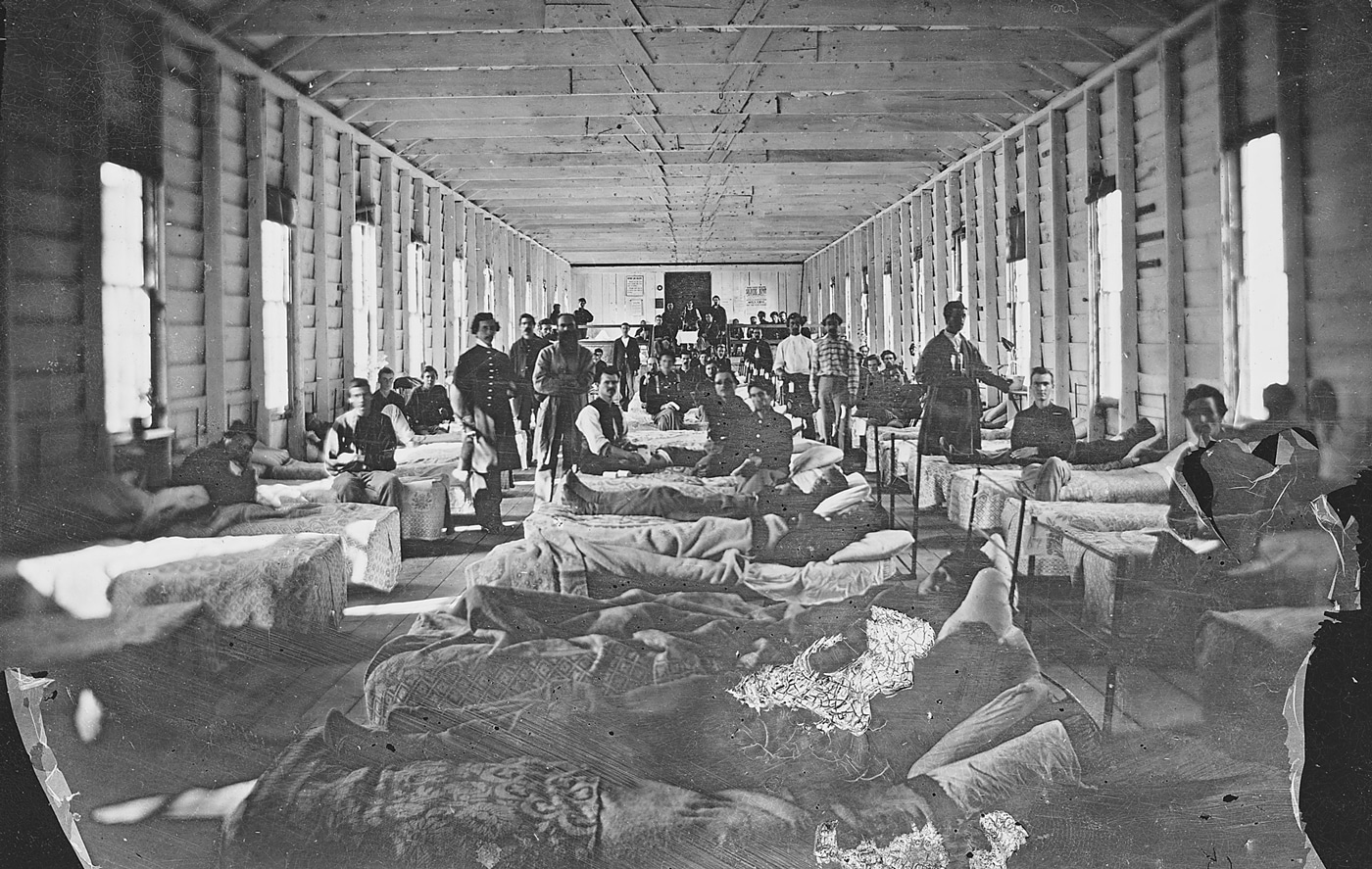
Adrienne contends, “The hard-won medical lessons of the Civil War were written first in blood on the nation’s battlefields, and a second time in print in the libraries that conserved and preserved the information that had been traded for American lives.” She adds, “The Civil War marks an epic turning point in the history of medicine, when scientific understanding evolved dramatically. When the war ended, medicine was transformed by the birth of neurology as well as advances in surgical technique, anesthesiology, medical record-keeping, prosthetic design, plastic surgery, and the evacuation of wounded. Women and African Americans became an integral part of medicine and responsible management, and both the military and the public became aware of the importance of sanitation and hygiene. A huge international volunteer humanitarian movement arose and would revolutionize the protection of wartime wounded and medics.”
At the Beginning
Conditions for the wounded were horrendous when the conflict began. Serious limb wounds were, out of expedience, automatically treated with amputation that would send a generation of amputees home from the war. Germs were a fairly new discovery. It was common for surgeons to probe wounds with bare fingers, not washing nor cleaning instruments covered with blood and pus between patients. Infection was more the norm than the exception, and killed a great many whose wounds would otherwise have been survivable. Anesthesia was in its relative infancy. There were documented cases of wounded men lying helpless on the battlefield, without even water, for days.
By the end of the war, things had improved considerably.
Factoids
Desperate need for medical workers profoundly changed the face of the profession. In the North, the first African-American physicians were certified, as were the first female physicians. For a time, some medical schools fumbled with the terminology and graduated women with the title “Doctress” of Medicine.
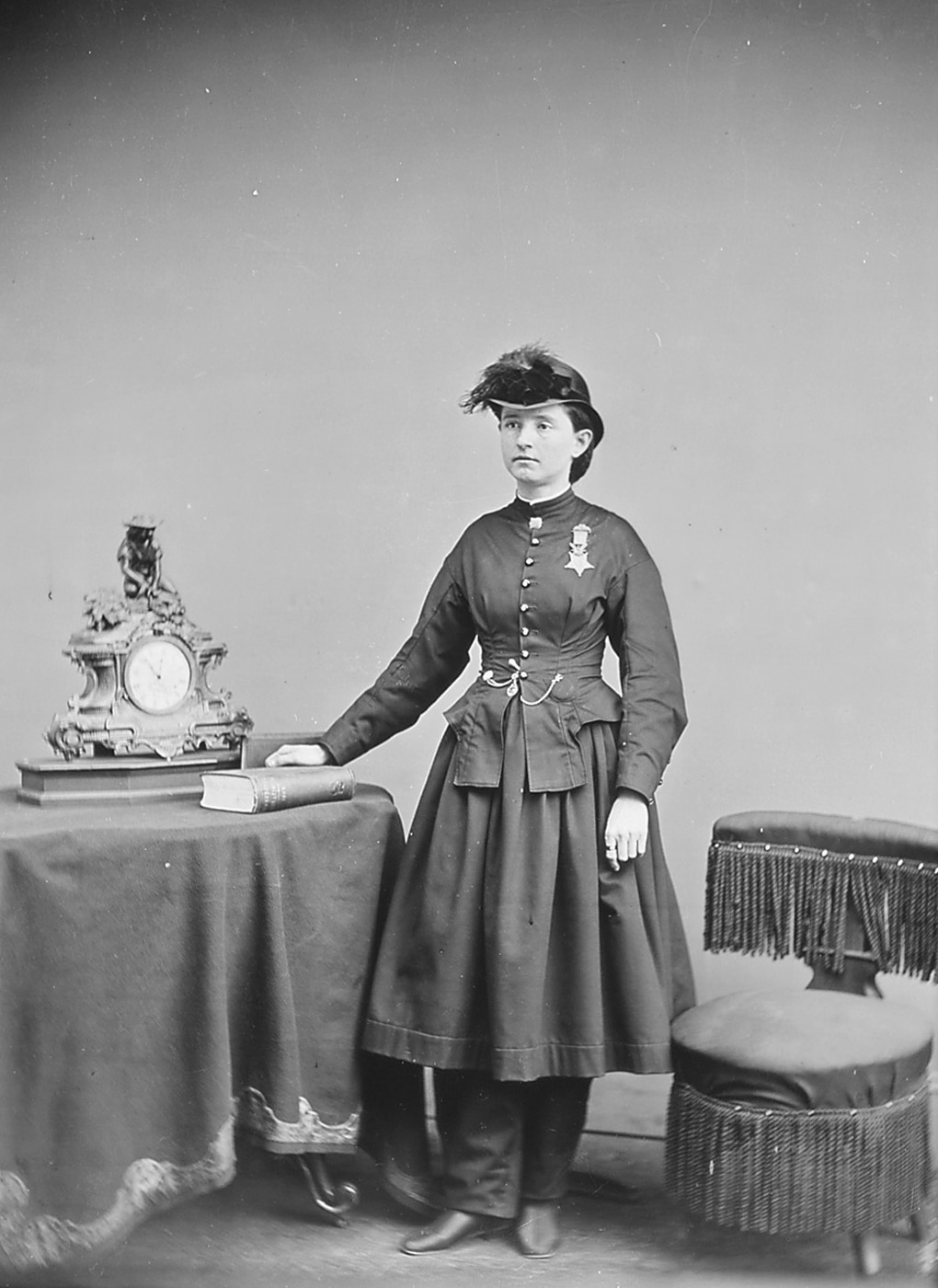
The profession of nursing was greatly advanced in the course of the war. From across the ocean in England, Florence Nightingale exerted a powerful influence in the United States. Writes Adrienne, “Although Florence Nightingale had established the world’s first training school for nurses in London in 1860, it would be 1873 before the first nursing school in America opened at Bellevue Hospital in New York. More than 800 American schools offer degrees in nursing today.” The Civil War had taught the nation the importance of nurses.
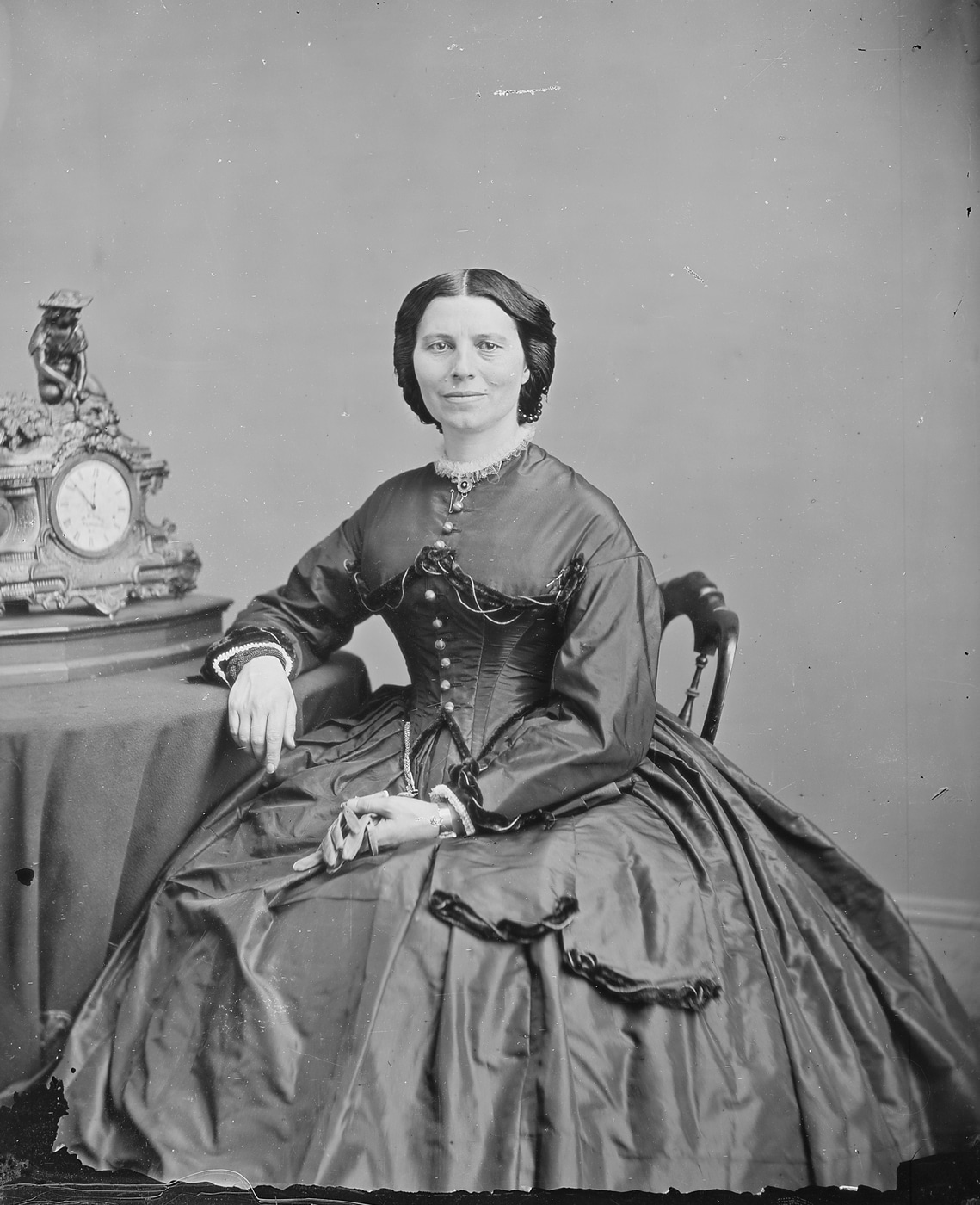
America’s own most famous nurse, Clara Barton, rose to prominence during the War Between the States. Says Adrienne, “She was present at many battles, including Second Bull Run, Antietam, Fredericksburg, and the siege of Charleston, and the troops called her the ‘Angel of the Battlefield.’” She appears to have been instrumental in introducing the Red Cross concept to this country.
The carnage of these battlefields inspired a great leap forward in the field of prosthetics. Surgeons refined amputation techniques “in order to leave the patient with a stump that would comfortably accommodate a prosthetic replacement.” The book tells us, “In 1862, with mounting numbers of amputees, the U.S. government committed to supplying artificial limbs to thousands of injured soldiers” and “Twenty percent of the 1866 budget of the state of Mississippi was spent on artificial limbs.”
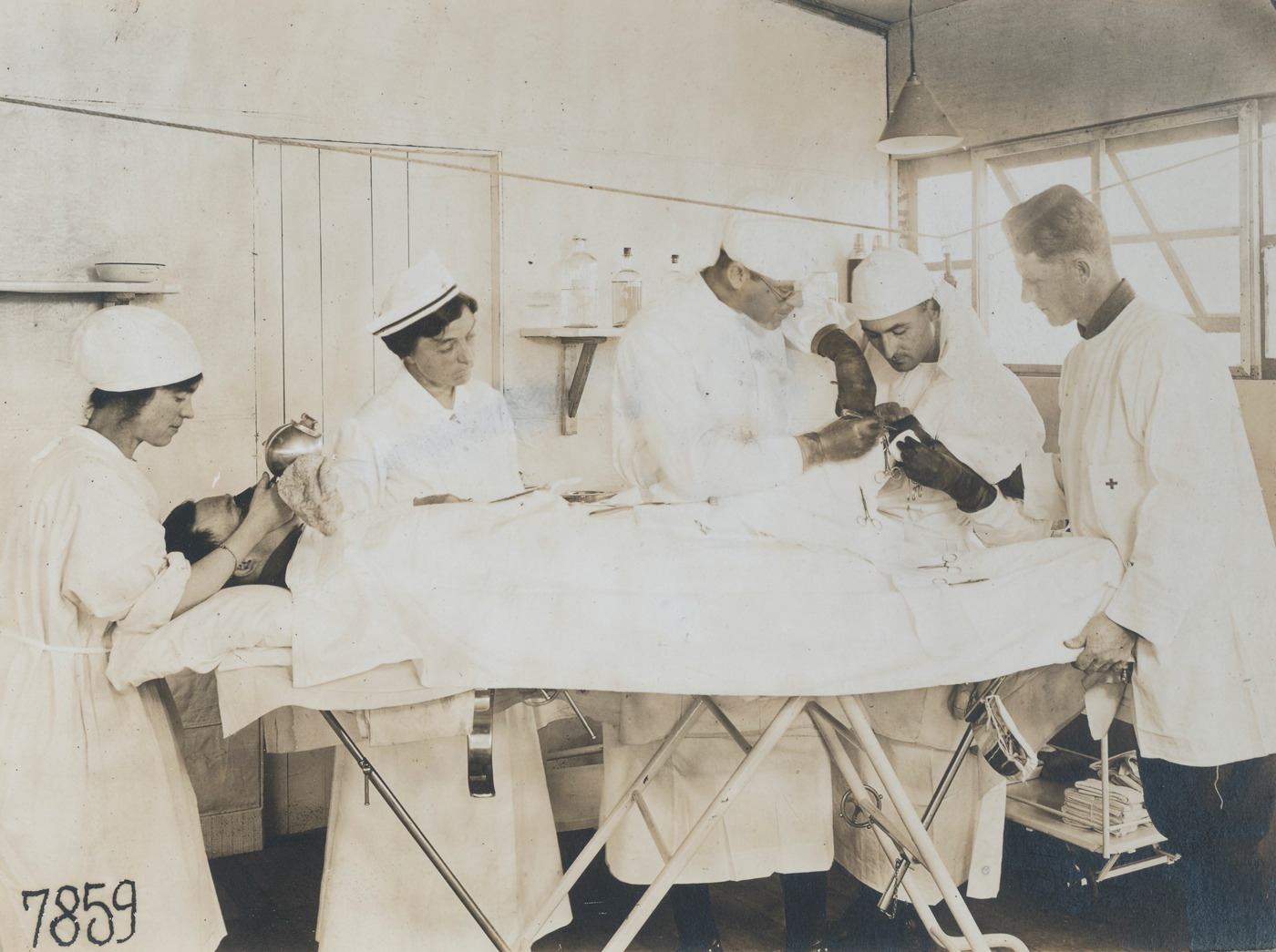
Transportation of the wounded to hospitals was a logistical nightmare that taxed American ingenuity. The concept of the hospital ship appears to have flowered during the conflict. On land, Dr. Elisha Harris designed the “hospital train,” which included “a system for hanging patients’ stretchers with shock-absorbing rings made of India rubber…three tiers of stretchers could be hung in a fifty-foot hospital car…The Battle of Gettysburg, Pennsylvania in July 1863 marked the railroads’ largest evacuation of wounded during the war as almost 12,000 injured soldiers were transported to general hospitals in Philadelphia, Baltimore, and New York City.
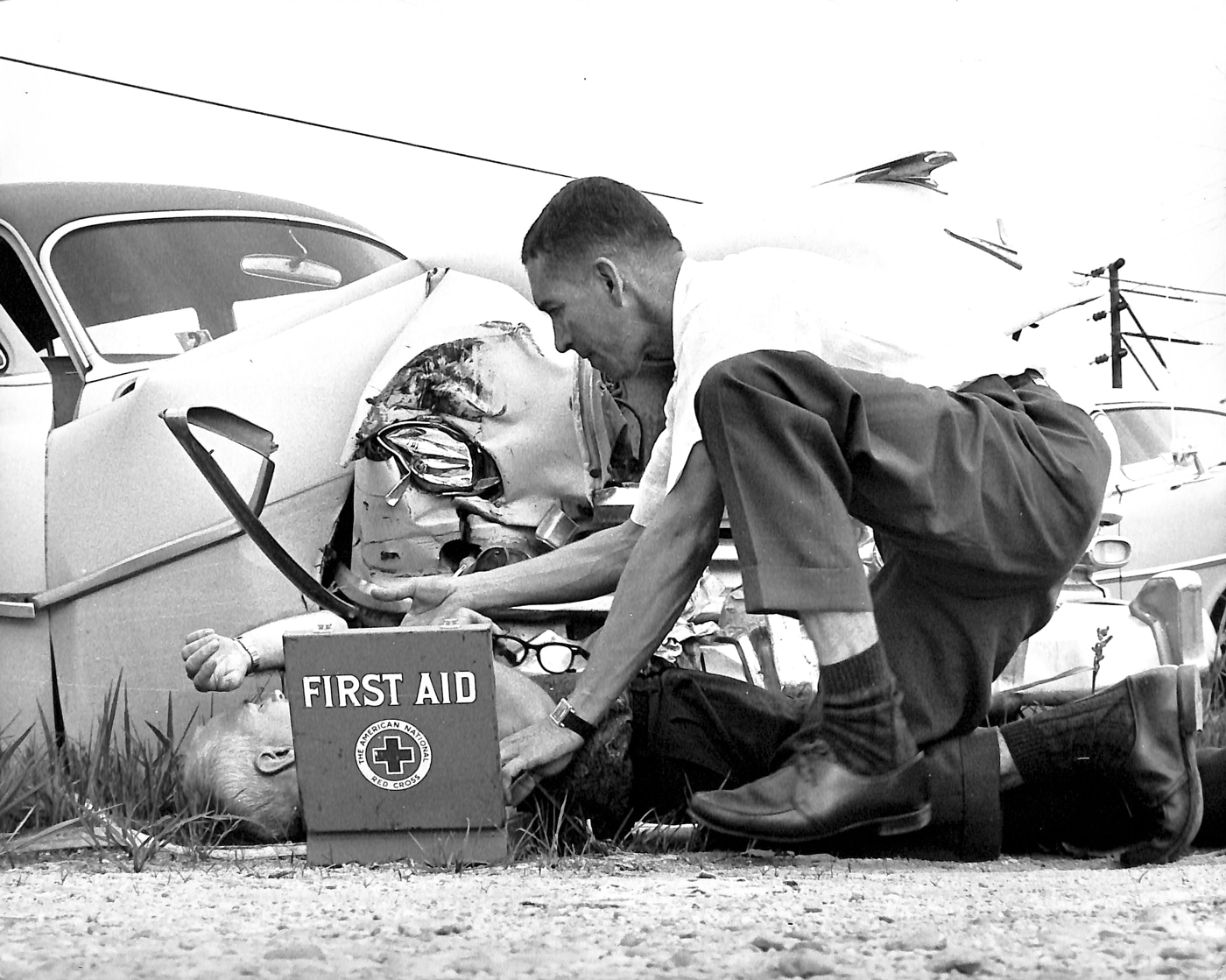
The removal of mass casualties overwhelmed the intricate railroad system, and additional field hospitals had to be positioned to care for the vast numbers of patients awaiting transport. All of the injured had been cleared from the Gettysburg battlefield by July 4, but it took fifteen days and multiple trips to get them moved to general hospitals in the cities.”
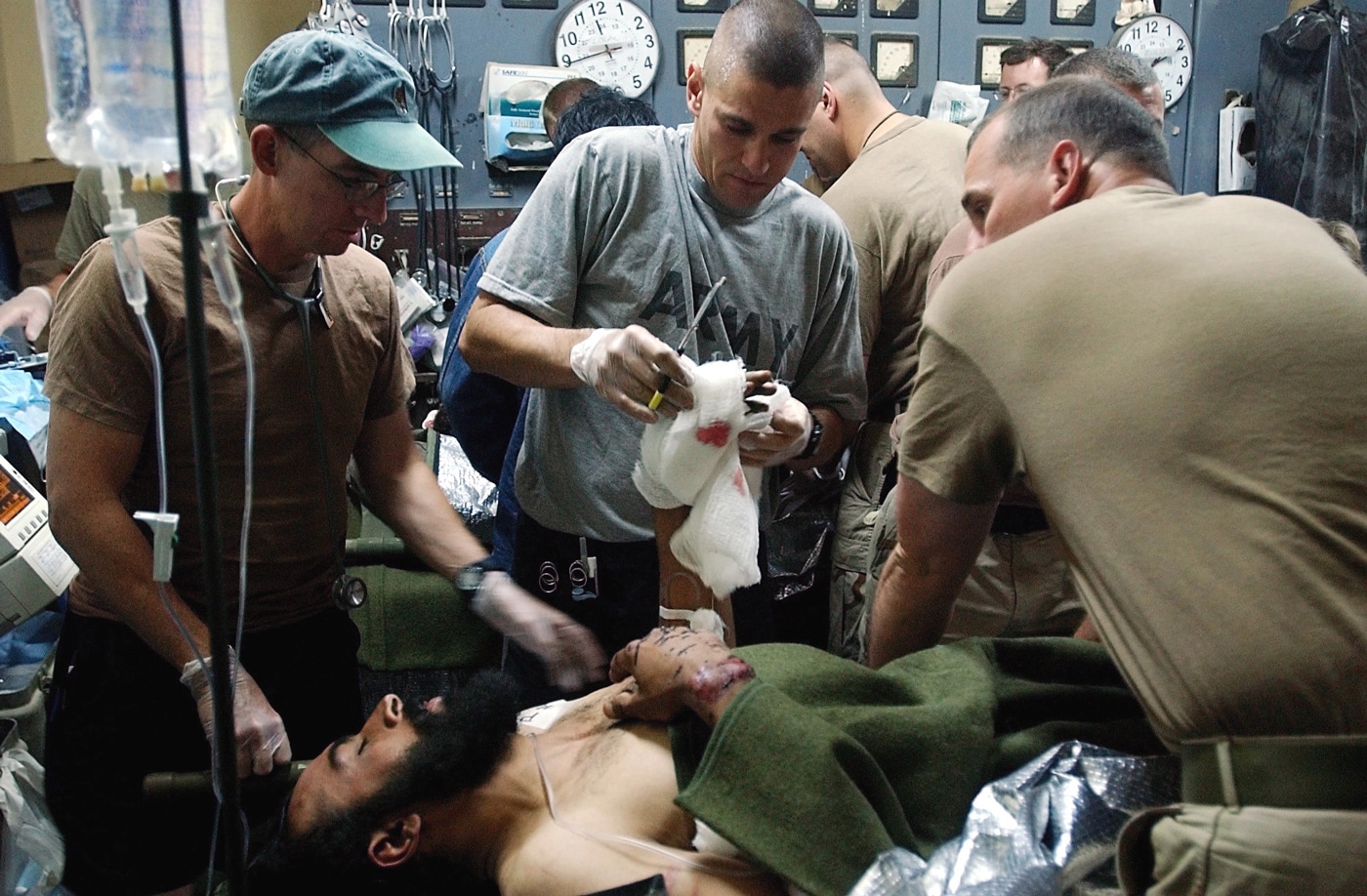
I was surprised to learn that dentists of the period had been well ahead of surgeons in the use of anesthetics. Adrienne tells us, “A few blessedly effective drugs for pain relief were available to Civil War physicians — the anesthetics ether and chloroform were routinely administered.
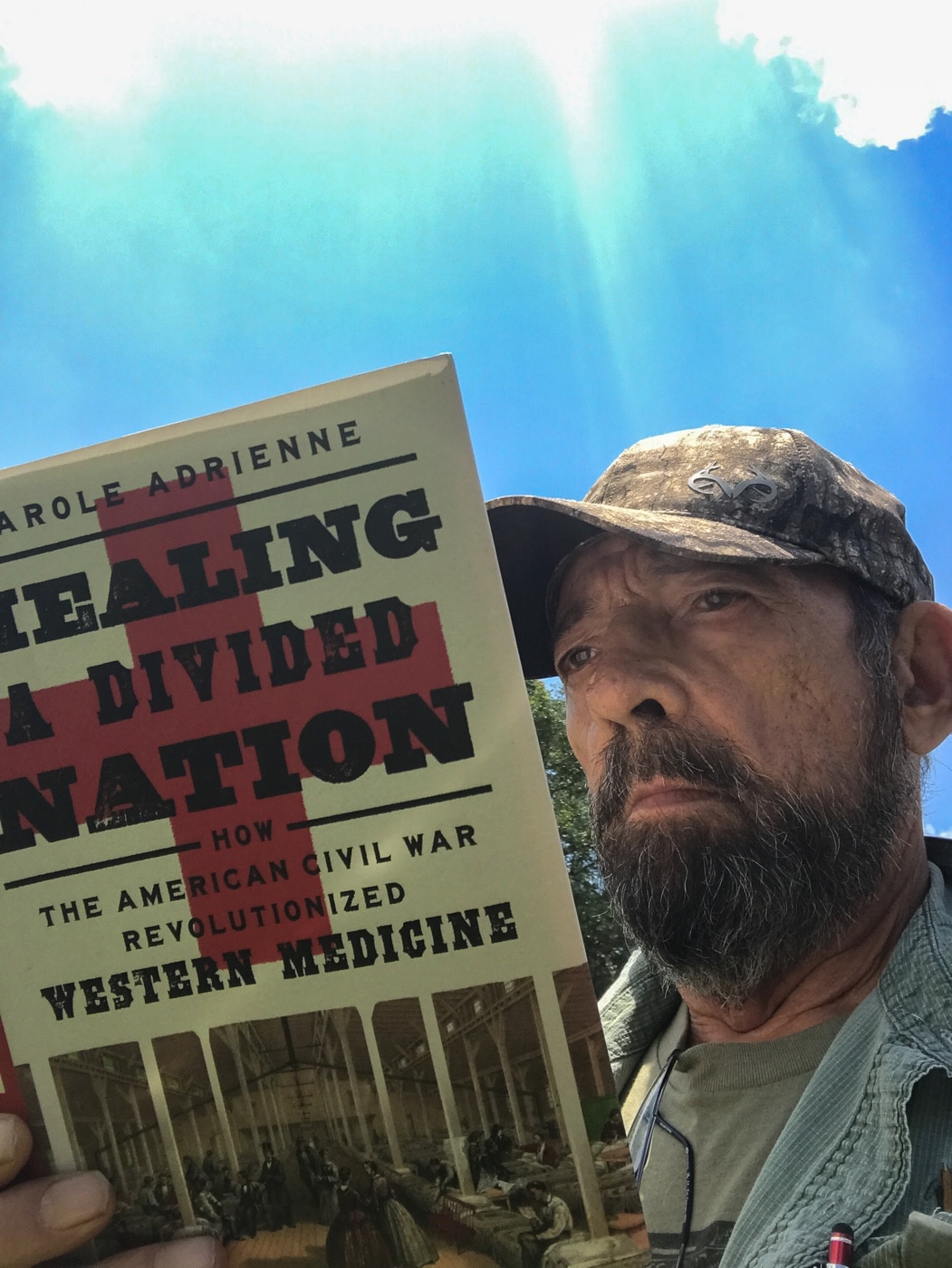
The war prompted wider use of these agents, which had actually been available in America for more than a decade…On the battlefield, chloroform was preferred over ether because it had less bulk, more rapid induction, and was nonflammable.”
Conclusion
The book concludes, “… [M]edical science has soared in many ways. No subsequent war has taken the lives of as many Americans, a result of improved medical education, advanced surgical techniques, the understanding of neurology, and faster evacuation of the wounded. Women and African Americans have achieved prominent roles in medical science and society, the terms of the Geneva Convention still seek to protect medics and the wounded in times of war.
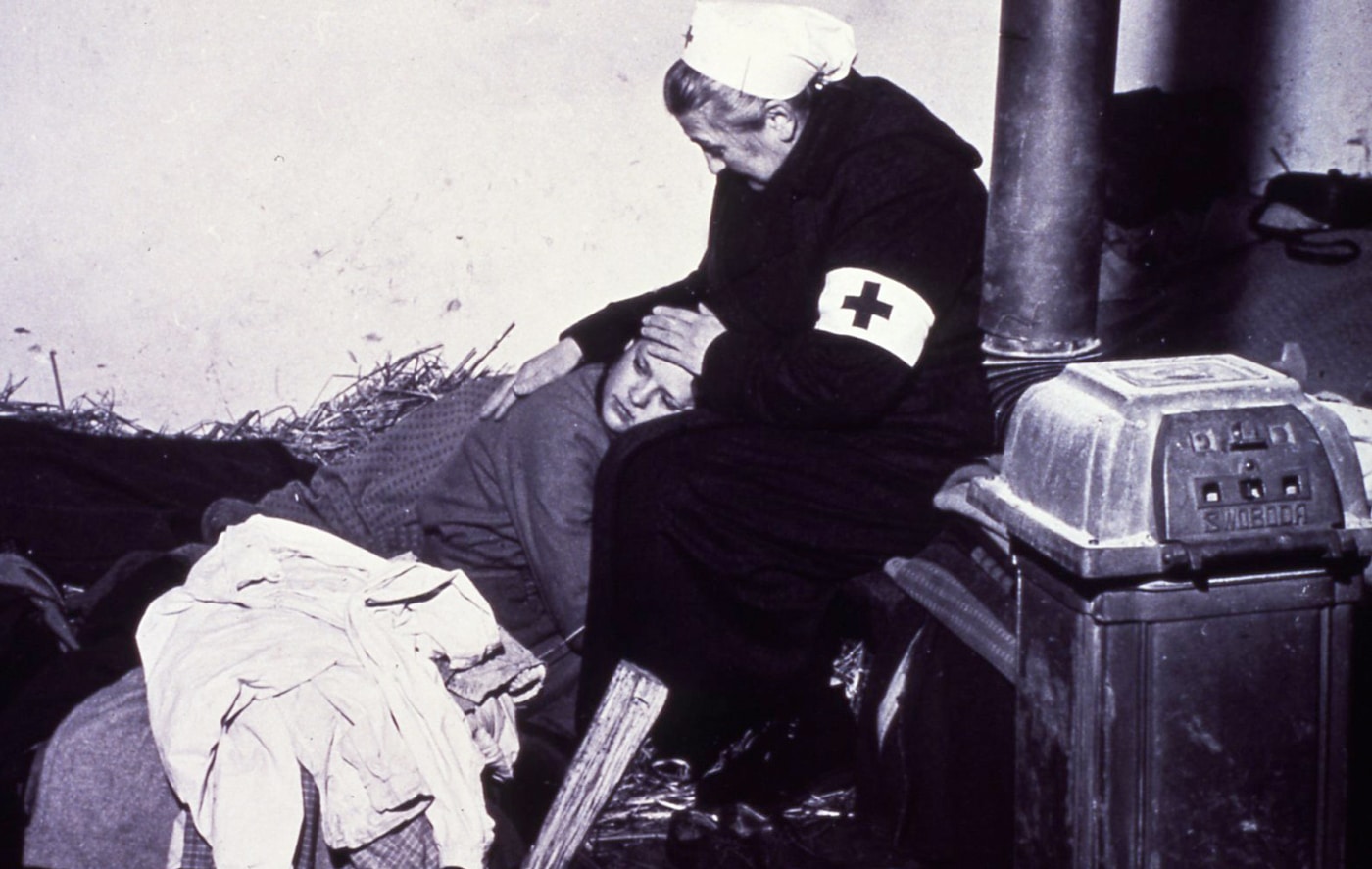
The American Red Cross and the International Committee of the Red Cross have grown to provide emergency relief for a myriad of natural and man-made disasters. These profound human achievements, as well as the record of the hideous carnage, are the legacies of the American Civil War.”
Needless to say, a recommended read.
Editor’s Note: Please be sure to check out The Armory Life Forum, where you can comment about our daily articles, as well as just talk guns and gear. Click the “Go To Forum Thread” link below to jump in and discuss this article and much more!
Join the Discussion
Featured in this article
Continue Reading
Did you enjoy this article?

 75
75




